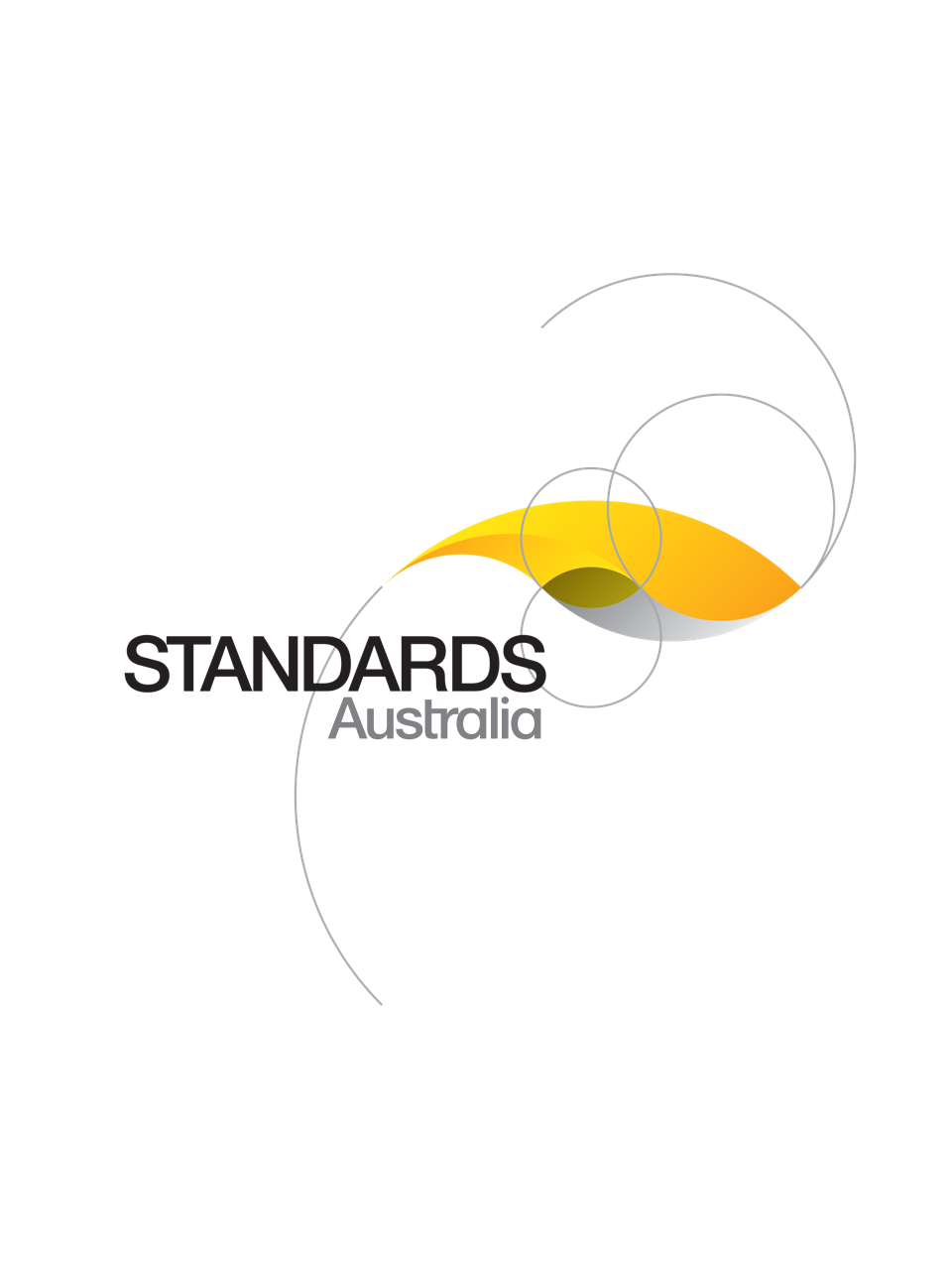Interim Standard
Track updates
AS 5215 (Int):2024
[Current]Passive grease arrestors
AS 5215 (Int):2024 specifies a consistent Australian approach to the design, manufacture, selection and use of passive grease arrestors.
Published: 28/06/2024
Pages: 46
Table of contents
Cited references
Content history
Table of contents
Header
About this publication
Preface
1 Scope and general
1.1 Scope
1.2 Application
1.3 Normative references
1.4 Terms and definitions
1.5 Abbreviations and acronyms
1.6 Limitations and restrictions
2 Requirements
2.1 General
2.2 Serviceable life
2.3 Drawings and documentation
2.4 Design requirements
2.4.1 General
2.4.2 Other considerations
2.4.3 Accessibility
2.4.3.1 General
2.4.3.2 Access openings
2.4.3.3 Access covers
2.4.3.3.1 General
2.4.3.3.2 Access covers in trafficable areas
2.4.3.3.3 Access covers in non-trafficable areas
2.4.3.3.4 Watertight access covers
2.4.4 Watertightness
2.4.5 Venting
2.4.5.1 General
2.4.5.2 Design requirements
2.4.6 Air space
2.4.7 Inlet and outlet design
2.4.7.1 Sizing and connections
2.4.7.2 Total fall through arrestor
2.4.8 Baffles and partitions
2.4.9 Risers
2.4.10 Storage capacity for FOG and solids
2.5 Structural design
2.5.1 In-ground grease arrestors
2.5.1.1 General
2.5.1.2 Technical documentation
2.5.2 Above-ground grease arrestors
2.5.3 Grease arrestors with a riser
2.5.4 Acceptance limits
3 Materials and manufacture
3.1 Materials
3.2 Coatings and linings
3.2.1 General
3.2.2 Technical documentation
3.2.3 Application and curing
3.3 Fasteners
3.4 Manufacture
3.5 Testing
4 Functional performance
4.1 General
4.2 Performance — Hydraulic retention time
4.2.1 Requirement
4.2.2 Nominal peak flow rate
5 Marking
5.1 Conformance plate
5.1.1 General
5.1.2 Information on plate
5.2 Markings on body of arrestor
5.3 Marking on covers
6 Sizing and selection
6.1 General
6.2 Sizing flow rate
6.3 Sizing arrestors
6.3.1 General
6.3.2 Nominal size of arrestor
6.3.3 Sizing methodology
6.3.3.1 General
6.3.3.2 Sizing where fixtures are unknown
6.3.3.3 Shared grease arrestors
7 Installation
7.1 Location of grease arrestors
7.1.1 General
7.1.2 External locations
7.1.3 Internal locations
7.1.3.1 General
7.1.3.2 Floor drains in internal locations
7.1.3.3 Spill containment
7.1.4 Hose tap and backflow prevention device
7.2 Surface under or adjacent to arrestor
7.2.1 Structural integrity
7.3 Installation depth
7.4 Product and installation information
7.5 Minimum vertical clearance
7.6 Platforms and steps
7.7 Plumbing requirements
7.7.1 General
7.7.2 Connections to and from an arrestor
7.7.3 Pumped flow to an arrestor
7.7.4 Installation of venting
7.7.4.1 General
7.7.4.2 Venting requirements
7.7.4.3 Arrestors located in dedicated rooms
7.7.5 Reflux valves
7.7.6 Fixed suction lines
7.7.7 Trade waste sampling point
8 Operational performance and maintenance
8.1 Operational performance — Oil and grease discharge
8.1.1 General
8.1.2 Conformance sampling
8.1.3 Conformance testing
8.2 Servicing
8.2.1 General
8.2.1.1 Avoidance of overloading
8.2.1.2 Servicing frequency
8.2.1.3 Servicing frequency for undersized grease arrestors
8.3 Service procedure
8.3.1 General
8.3.2 Inspection
8.3.3 Post-servicing
8.3.4 Disposal of regulated wastes
Appendix A
A.1 Scope
A.2 Principle
A.3 Method
A.4 Assigning discharge unit ratings to unlisted fixture types
Appendix B
B.1 Scope
B.2 Examples
Bibliography
Cited references in this standard
Content history
DR AS 5215 (Int):2024
